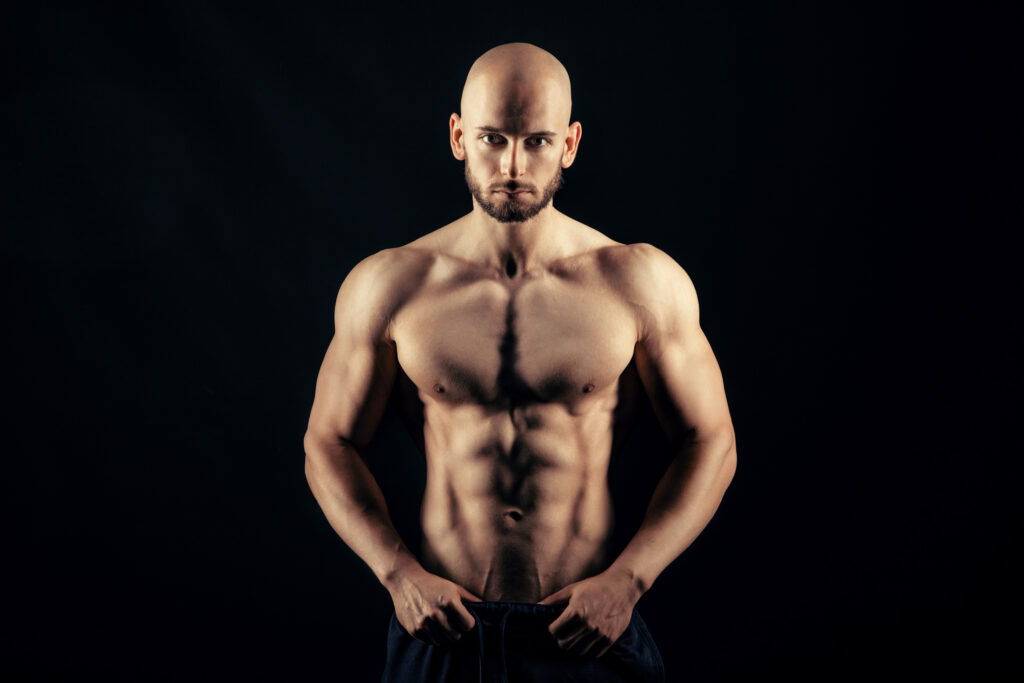When people speak of “six pack abs,” they’re referring to the rectus abdominis muscle, which runs vertically down the front of the abdomen. For some, this muscle can appear as six distinct sections, or “packs.” However, the appearance of these packs, particularly their symmetry, can vary widely from one individual to another.
Symmetrical six pack abs, where each of the packs aligns perfectly with its opposite counterpart, are indeed less common. There are a few reasons for this:
- Genetics – Just like the shape of your nose or the color of your eyes, the natural layout of your rectus abdominis muscle is largely determined by genetics. Some people naturally have more symmetrical abs, while others might have them slightly offset.
- Muscle Development – While genetics play a role in the potential symmetry of your abs, how they’re developed can also influence their appearance. Uneven development of the rectus abdominis might result in asymmetrical abs. This can be due to imbalances in training, where one side of the body is worked more than the other.
- Body Fat – Six pack abs become visible when you have a low enough body fat percentage. However, the way body fat is distributed can be uneven. Some might find that fat deposits more on one side of the belly, obscuring the abs on that side and making them look asymmetrical.
- Underlying Structures – Beneath your skin and fat, there are tendons that cross the rectus abdominis, creating the distinct packs. The positioning and size of these tendons can vary, affecting the overall symmetry.
While many people strive for perfectly symmetrical six pack abs, it’s important to note that everyone’s body is unique. Achieving symmetrical abs may be more challenging for some due to genetics and other factors. Rather than aiming for perfection, it’s more beneficial to focus on overall health, fitness, and the personal progress you make in your fitness journey.

